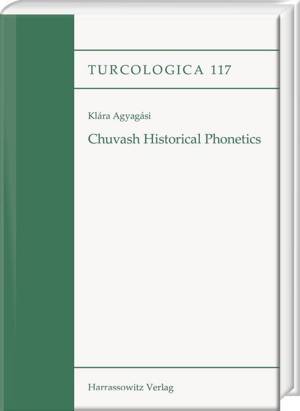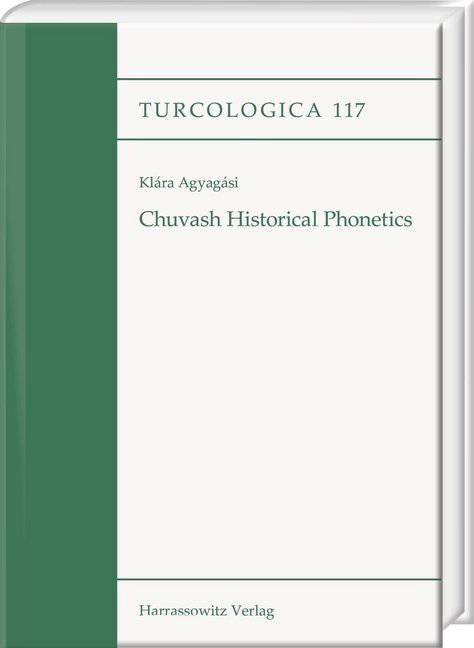
- Afhalen na 1 uur in een winkel met voorraad
- Gratis thuislevering in België vanaf € 30
- Ruim aanbod met 7 miljoen producten
- Afhalen na 1 uur in een winkel met voorraad
- Gratis thuislevering in België vanaf € 30
- Ruim aanbod met 7 miljoen producten
Chuvash Historical Phonetics
An Areal Linguistic Study. with an Appendix on the Role of Proto-Mari in the History of Chuvash Vocalism
Klara Agyagasi
€ 184,95
+ 369 punten
Omschrijving
The Chuvash language is the only descendant of the Ogur Turkic language variety, which separated from the Common Turkic language unity ca. 2000 years ago. The speakers of this Turkic language variety appeared in Eastern Europe in the 5th century. Inhabiting the steppe zone they established political, cultural and language contacts with the neighbouring peoples. In the 9th century some of them moved to the Volga-Kama confluence, the territorial varieties of their language known as Volga Bulgarian became dominant between the 9th and 13th centuries. Due to the Mongol invasion after 1236 only one dialect of Volga Bulgarian was preserved, on the basis of which the Chuvash language has emerged. In the book of Klara Agyagasi, the processes of Chuvash historical phonetics are reconstructed relying on data from various language contacts as oral sources: lexical copies from Ogur, Volga Bulgarian into Ancient Hungarian, Proto-Permian, Old Russian, Proto-Mari and Middle Kipchak, as well as copies from Arab, New Persian, Proto-Permian, Old and Middle Russian, Chinese, Middle Mongolian, Proto-Mari, the Low Cheremis substratum and Middle Kipchak into Chuvash. As a result, the author presents the first comprehensive historical phonetics of the Chuvash language arranged in chronological order, applying the code-copying and areal linguistic framework.
Specificaties
Betrokkenen
- Auteur(s):
- Uitgeverij:
Inhoud
- Aantal bladzijden:
- 334
- Taal:
- Engels
- Reeks:
- Reeksnummer:
- nr. 117
Eigenschappen
- Productcode (EAN):
- 9783447111638
- Verschijningsdatum:
- 23/01/2019
- Uitvoering:
- Hardcover
- Formaat:
- Genaaid
- Afmetingen:
- 178 mm x 244 mm
- Gewicht:
- 771 g

Alleen bij Standaard Boekhandel
+ 369 punten op je klantenkaart van Standaard Boekhandel
Beoordelingen
We publiceren alleen reviews die voldoen aan de voorwaarden voor reviews. Bekijk onze voorwaarden voor reviews.










